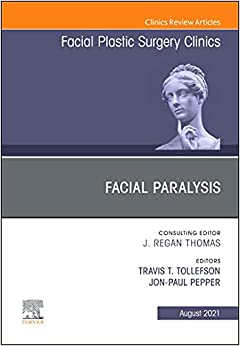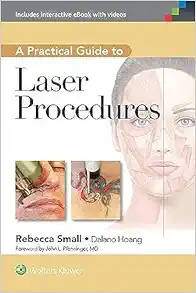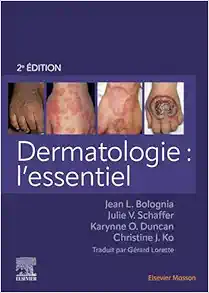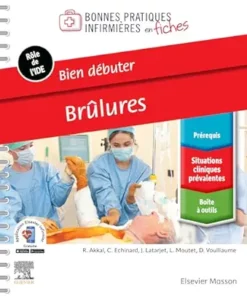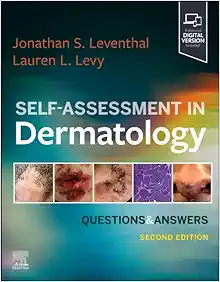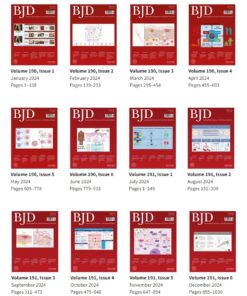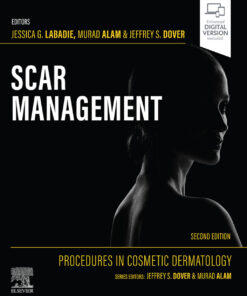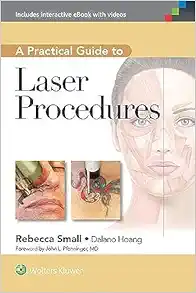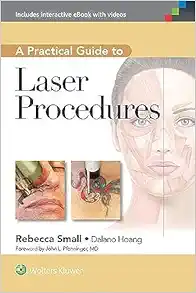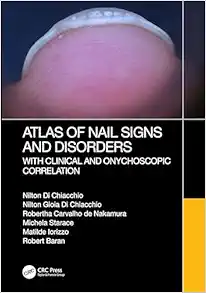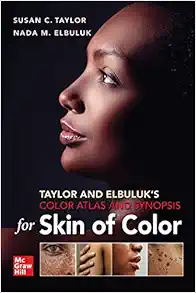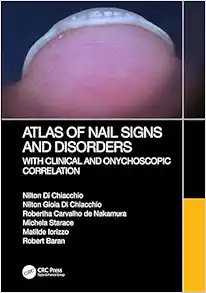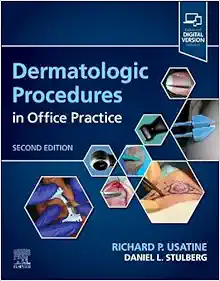Facial Paralysis, An Issue of Facial Plastic Surgery Clinics of North America (Volume 29-3) (The Clinics: Surgery, Volume 29-3)
$9
Format : Publisher PDF
File Size : 22.1 MB
Facial Paralysis, An Issue of Facial Plastic Surgery Clinics of North America (Volume 29-3) (The Clinics: Surgery, Volume 29-3)
Facial paralysis can be caused by a number of factors such as injury, stroke or disease, and can cause a significant impact on not only physical appearance but also quality of life. Facial paralysis affects the ability to make facial expressions, speak, eat and drink, and breathe. This condition can be challenging to manage, but new techniques are being developed to improve patient outcomes. One such technique is discussed in detail in the latest issue of the Facial Plastic Surgery Clinics.
Guest edited by Drs. Travis T. Tollefson and Jon-Paul Pepper MD, this issue of Facial Plastic Surgery Clinics is dedicated to the topic of Facial Paralysis. This issue is one of four selected each year by series consulting editor, Dr. J. Regan Thomas. The articles in this issue cover a wide range of topics related to facial paralysis, including surgical techniques, patient experience, and new innovations in the field.
The issue begins with an exploration of lessons learned from Gracilis free tissue transfer for facial paralysis. Since its introduction in the 1970s, this technique has been increasingly used to treat facial paralysis. The authors outline the history, indications, techniques, and results of Gracilis free tissue transfer for facial paralysis. The authors also discuss the advantages and disadvantages of using Gracilis free muscle compared to temporalis tendon transfer as a surgical technique.
Another article in this issue explores the dual innervation technique to improve facial reanimation. Dual innervation refers to the technique where more than one nerve is transferred to a muscle in order to provide greater control of movement. The authors outline the technical aspects of this procedure, including which nerves are used and how they are transferred. They also explore the indications for dual innervation and how it can improve patient outcomes.
In addition to exploring surgical techniques, this issue of Facial Plastic Surgery Clinics also includes articles that focus on improving the patient experience. One such article focuses on the perceptions of patients with facial paralysis. The authors explore how facial paralysis affects patients’ daily lives, including how it impacts their self-esteem, social interactions, and employment prospects. They also outline strategies that can be used to help patients cope with the emotional toll of facial paralysis.
Overall, Facial Paralysis is a comprehensive and insightful guide to managing this challenging condition. The articles included in this issue of Facial Plastic Surgery Clinics provide valuable information for surgeons hoping to improve patient outcomes and for patients seeking to understand their condition better. Whether you are a surgeon, healthcare provider, or patient, Facial Paralysis is an essential resource for anyone interested in this topic.
If you are a medical professional or student seeking to expand your knowledge of facial paralysis, or a patient looking for a comprehensive guide to understanding your condition, then Facial Paralysis is the ideal resource for you. The book is published by Elsevier and contains 240 pages of detailed information on the topic. It is available as a digital eBook, with an ISBN-10 of 0323756328 and an ISBN-13 of 978-0323756327.
Order now and gain access to a wealth of knowledge on facial paralysis, from surgical techniques to patient experience. This issue of Facial Plastic Surgery Clinics is an essential resource that will improve your understanding of this challenging condition and help you provide better treatment to your patients.
Product Details
- Publisher : Elsevier (August 5, 2021)
- Language : English
- Hardcover : 240 pages
- ISBN-10 : 0323756328
- ISBN-13 : 978-0323756327
Related Products
DERMATOLOGY
DERMATOLOGY
DERMATOLOGY
DERMATOLOGY
DERMATOLOGY
DERMATOLOGY
DERMATOLOGY
DERMATOLOGY
DERMATOLOGY
DERMATOLOGY
DERMATOLOGY

